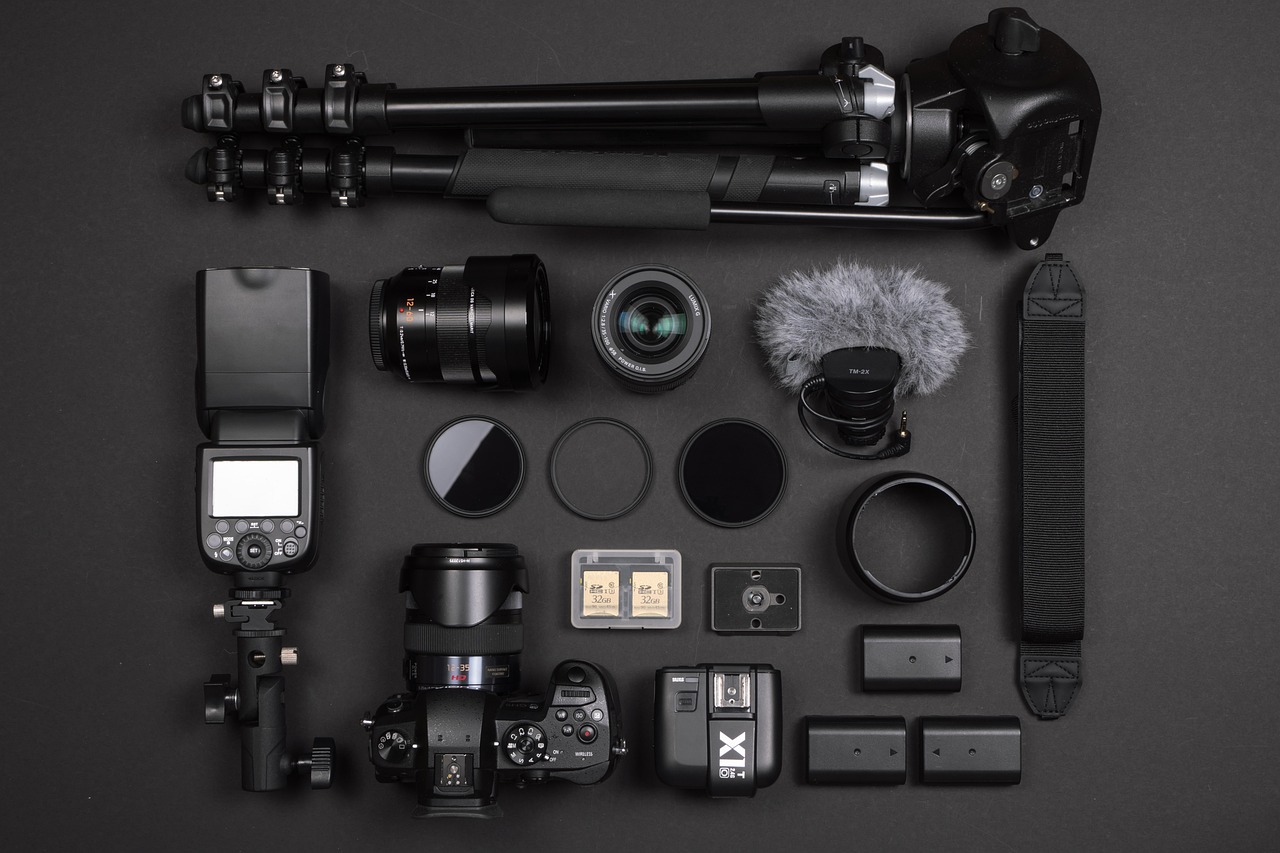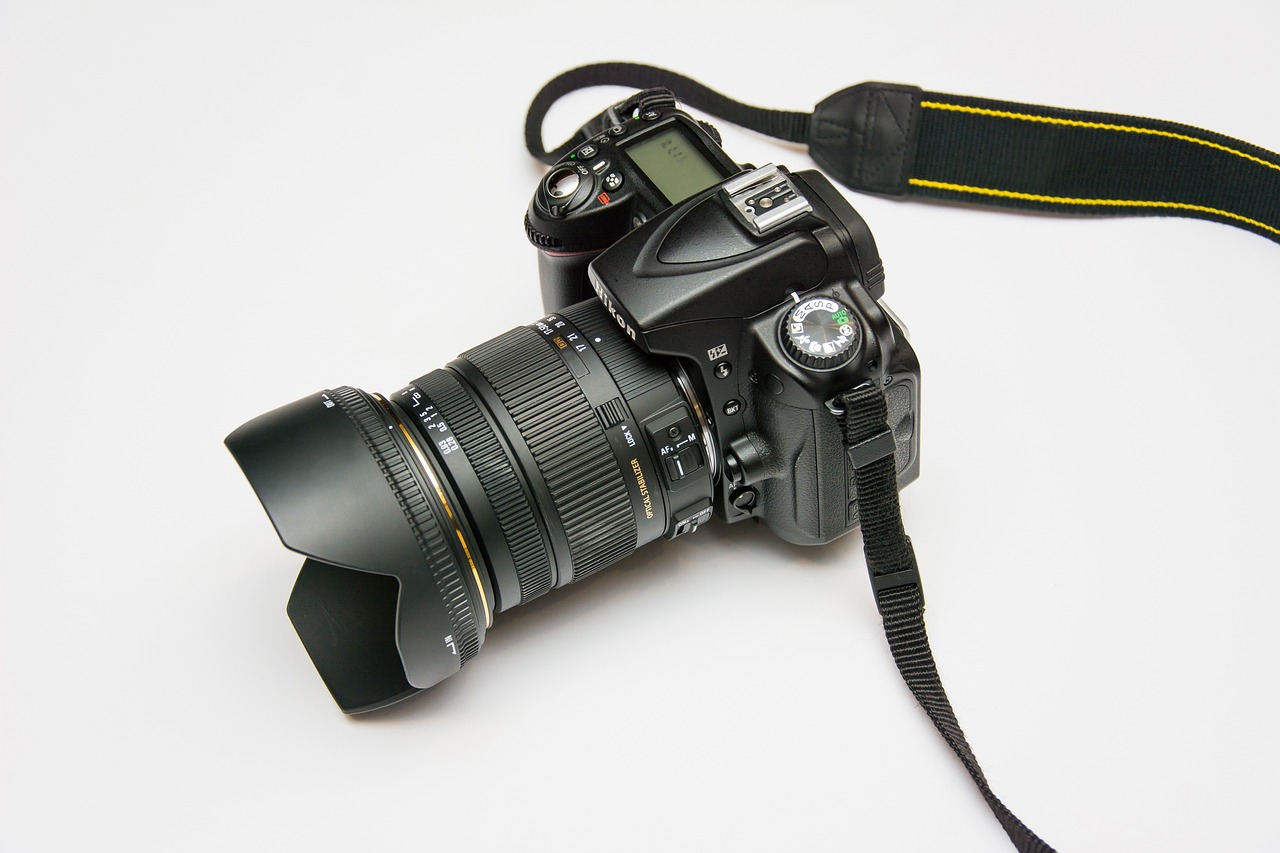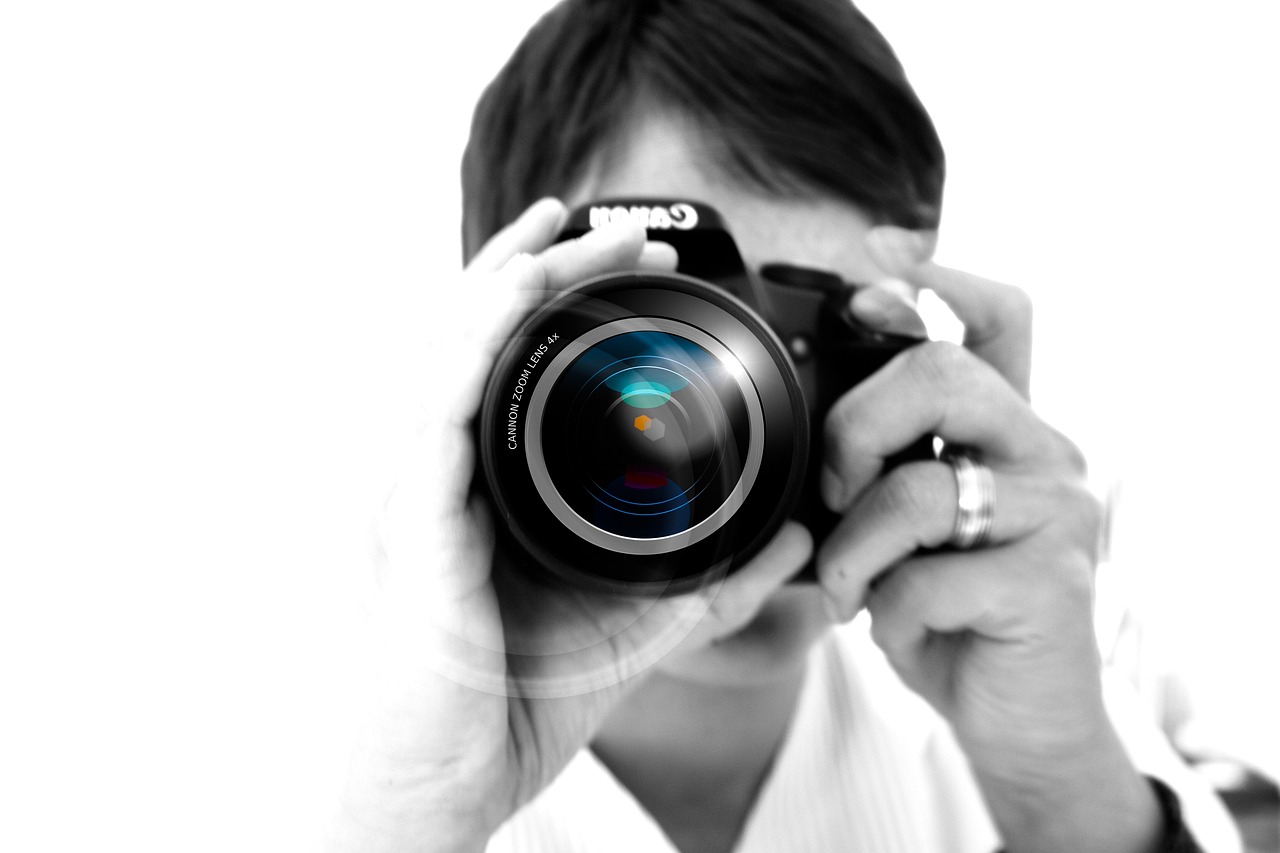How do you choose the right camera lens? This is a question that many photographers, whether beginners or seasoned professionals, grapple with as they embark on their photographic journey. The world of camera lenses can seem overwhelming with the diverse options available. But understanding the essential aspects can help you make an informed choice that elevates your photography game.
Understanding the Basics of Camera Lenses
When starting with photography, it’s crucial to familiarize yourself with the fundamental concepts of camera lenses. Lenses are essential components that affect your photos’ composition, clarity, and overall look. Each lens has unique characteristics that cater to different styles and subjects.
What Are Focal Lengths?
Focal length, measured in millimeters (mm), determines how much of a scene is captured and how close you can get to your subject. Essentially, this affects the zoom level and perspective of your shots.
- Wide-Angle Lenses (less than 35mm): Great for landscapes and architecture, these lenses allow you to capture more of the scene.
- Standard Lenses (35mm to 70mm): These imitate human vision and are versatile for street photography and portraits.
- Telephoto Lenses (70mm and above): Perfect for wildlife and sports photography since they enable you to zoom in on distant subjects.
The Importance of Aperture
Aperture controls the amount of light entering your camera and affects the depth of field in your images. Lenses have different maximum apertures, which can significantly impact your photography.
- Wide Apertures (f/2.8 or wider): Allow more light in, making them ideal for low-light situations and achieving a shallow depth of field for those beautiful out-of-focus backgrounds.
- Narrow Apertures (f/4 and smaller): Reduce the light intake and enhance depth of field, making them well-suited for landscapes where you want everything in focus.
Types of Camera Lenses
As you get comfortable with basic lens characteristics, it’s essential to explore the types of lenses available. Understanding these options will help you determine which lens is best suited for your specific needs.
Prime Lenses
Prime lenses have a fixed focal length, meaning you can’t zoom in or out. This characteristic often leads to sharper images and faster apertures. Here are some benefits:
- Sharpness: Prime lenses generally produce sharper images compared to zoom lenses.
- Lightweight: They are often more compact and lighter, making them easier to carry around.
However, their fixed nature requires you to physically move closer or further away to frame your shot, which can be both challenging and creatively stimulating.
Zoom Lenses
On the other hand, zoom lenses cover a range of focal lengths within a single lens. This versatility is excellent for various shooting situations:
- Convenience: You can quickly change your framing without needing to switch lenses.
- Versatility: Ideal for events and unpredictable environments where subjects can change quickly.
That said, some zoom lenses may sacrifice sharpness compared to their prime counterparts.
Specialty Lenses
There are also specialty lenses designed for specific photography types:
- Macro Lenses: Perfect for extreme close-ups of small subjects like insects or flowers.
- Fish-Eye Lenses: Provide a unique, distorted perspective, suitable for creative and artistic shots.
- Tilt-Shift Lenses: Used primarily in architectural photography to control perspective.
Understanding the purpose behind each specialty lens can help you expand your creative options.

Considering Sensor Size
Your camera’s sensor size also plays a crucial role in selecting the right lens. Most digital cameras come with either full-frame sensors or APS-C sensors, which affects focal length and perspective.
Full-Frame vs. APS-C
-
Full-Frame Sensors: These are equivalent to 35mm film cameras. Full-frame lenses typically produce better quality images, especially in low light.
-
APS-C Sensors: These sensors crop the image, altering the effective focal length. For instance, a 50mm lens on an APS-C camera behaves like a 75mm lens. This ‘crop factor’ can be beneficial for certain types of photography, such as wildlife or sports.
Understanding your sensor type will help you choose compatible lenses that produce the desired results.
What Do You Want to Photograph?
Consider what you intend to photograph most often. Your specific photography style will heavily influence the lens you should choose.
Landscape Photography
For capturing expansive landscapes, you’ll want a wide-angle lens. A focal length between 16mm to 35mm is suitable for this type of photography. A wide aperture is useful for capturing sunset or sunrise scenes, allowing for rich colors and soft backgrounds.
Portrait Photography
When shooting portraits, lenses with a focal length between 85mm and 135mm are fantastic for flattering subjects. Creating a blurred background (bokeh) highlights your subject and adds depth to your images.
Wildlife Photography
A telephoto lens, particularly in the range of 200mm to 600mm, allows you to capture distant animals without disturbing them. A wide aperture can also help keep your subject in focus against blurred surroundings.
Sports Photography
Fast-moving events require quick focusing abilities. A lens with a focal length of at least 200mm and a wide aperture will be beneficial for freezing those action shots.

Budget Considerations
Let’s be honest: photography gear can get pricey. Knowing your budget will help narrow down your options. Here are a few tips to help make wise investments:
Entry-Level Lenses
If you’re just starting, look for affordable prime or zoom lenses that offer good performance without breaking the bank. Many manufacturers provide kit lenses that are decent for beginners.
Mid-range Options
As you gain experience, consider investing in quality mid-range lenses. These can provide better optical performance and features like weather sealing, which is beneficial for outdoor shoots.
Professional Lenses
When you’re ready to take your photography seriously, professional-level lenses can offer superior image quality, durability, and advanced features. They typically come at a higher price tag but are often worth the investment for serious photographers.
Image Stabilization
Do you often shoot in low light or at slower shutter speeds? If so, then image stabilization could be a game changer for you. It helps minimize the effects of camera shake, allowing you to capture sharper images.
Optical vs. In-body Stabilization
-
Optical Stabilization: Built into the lens; this can be particularly effective when using longer focal lengths.
-
In-body Stabilization: Integrated into the camera body; this works with any lens attached and can provide additional image stabilization.
Understanding these technologies allows you to choose a lens that’ll help you produce clearer images.

Compatibility with Your Camera
Before you get too excited about a specific lens, double-check its compatibility with your camera. Different camera brands (such as Canon, Nikon, Sony) have unique lens mounts. You’ll want to ensure that the lens you’re interested in will fit your camera model.
Adapters
In some cases, you may find adaptors that allow you to use lenses from other brands on your camera. However, be cautious; using adapters can sometimes lead to reduced performance, such as slower autofocus or lack of electronic functions.
Testing Lenses
Once you’ve narrowed down your options, it’s advisable to test the lenses before making a purchase. Many camera stores allow you to rent or try out lenses, providing the opportunity to see how they perform in real-world scenarios. This hands-on experience can make a significant difference in making your final decision.
Reviews and Recommendations
Take the time to read reviews or seek recommendations from fellow photographers. Well-informed opinions can provide valuable insights into a lens’s performance in different shooting situations.
Conclusion: Finding Your Perfect Lens
Selecting the right camera lens is a personal choice that often comes down to your photography style and preferences. Start by understanding the basics of focal lengths, types of lenses, and your specific needs.
Once you know what you want, set a budget, and consider testing out your options. Photography is an ever-evolving journey, and choosing the right lens will undoubtedly enhance your experience and the quality of your images.
With all that said, remember to enjoy the process. Each lens brings unique characteristics that can transform your vision into beautiful imagery. Happy shooting!